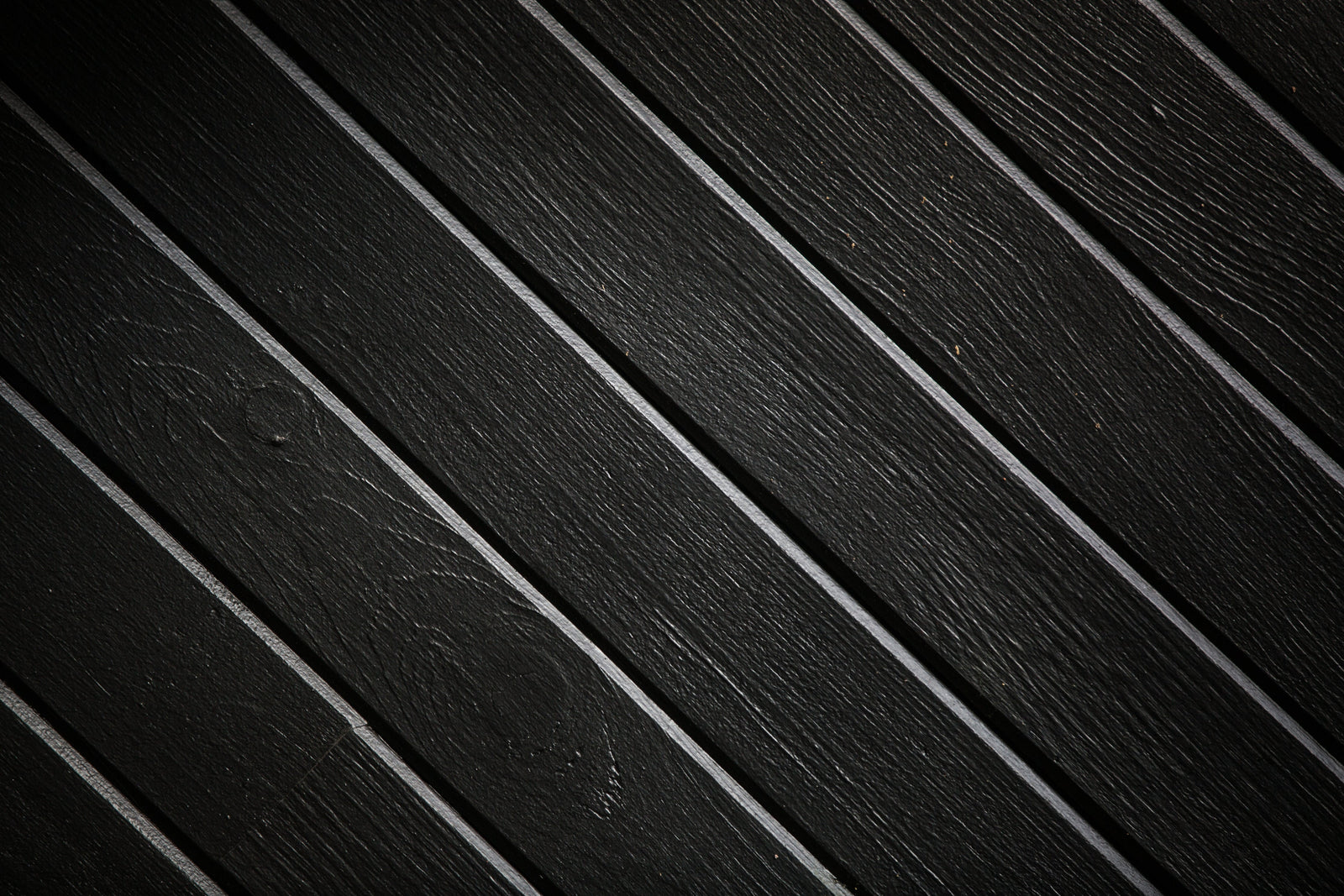teak wood
Teak wood, with its rich history and stunning aesthetics, has long been cherished for its exceptional qualities. From its roots in Southeast Asia to its place in contemporary interior design, teak wood stands out for its durability, beauty, and versatility. In this guide, we delve into what makes teak wood so special, how to identify high-quality teak, and the best ways to care for and maintain this timeless material.
1. The History and Origins of Teak Wood
Teak wood, scientifically known as Tectona grandis, hails from the lush forests of Southeast Asia, particularly Myanmar, Thailand, and Indonesia. Historically, teak was prized for its use in shipbuilding due to its natural resistance to water, insects, and decay. This sturdy wood also played a significant role in constructing palaces and temples, highlighting its cultural and historical importance. Today, teak continues to be a symbol of quality and elegance in both traditional and modern design.
2. Characteristics and Benefits of Teak Wood
- Durability: Teak wood is renowned for its unparalleled durability. Its high natural oil content makes it resistant to weather, insects, and rot. This makes teak an ideal choice for both indoor furniture and outdoor settings, where it can withstand the elements and last for decades.
- Aesthetic Appeal: With its rich, golden-brown hue and smooth grain, teak wood adds a touch of warmth and sophistication to any space. Over time, teak develops a silvery patina that enhances its natural beauty, making it even more attractive.
- Low Maintenance: Unlike many other woods, teak requires minimal upkeep. Its natural oils protect it from drying out and warping, meaning that regular dusting and occasional oiling are often all that’s needed to maintain its beauty.
3. How to Identify Quality Teak Wood
- Grain Pattern: High-quality teak wood features a tight, straight grain with a uniform texture. Look for a consistent pattern and avoid wood with irregularities or knots.
- Color Variations: Genuine teak varies in color from golden to medium brown, sometimes with darker streaks. Be wary of overly uniform or overly bright colors, which may indicate inferior quality.
- Origin: Ensure that your teak is sourced from reputable suppliers who provide certification. Sustainable forestry practices, such as those certified by the Forest Stewardship Council (FSC), guarantee that the wood is harvested responsibly.
4. Popular Uses of Teak Wood in Interior Design
- Furniture: Teak is a popular choice for creating beautiful, durable furniture pieces such as dining tables, chairs, and beds. Its resilience and elegance make it ideal for both classic and modern designs.
- Flooring: Due to its strength and natural resistance to wear and tear, teak is a favored option for flooring. It provides a luxurious look while withstanding heavy foot traffic.
- Decorative Elements: Teak is also used in various decorative elements like wall panels, shelving, and accent pieces, adding a touch of sophistication to any room.
5. Teak Wood vs. Other Hardwood Options
- Comparative Analysis: When compared to other hardwoods such as oak, walnut, or mahogany, teak stands out for its superior durability and resistance to the elements. While other woods may offer different aesthetic qualities, teak’s unique properties make it a versatile and practical choice.
- Pros and Cons: Teak's main advantages include its durability, low maintenance, and natural beauty. However, it can be more expensive than other hardwoods, and its popularity means that authentic, high-quality teak can sometimes be difficult to source.
6. How to Care for and Maintain Teak Wood
- Cleaning: To keep teak looking its best, dust it regularly with a soft cloth. For deeper cleaning, use a mild soap solution and a soft brush, and avoid harsh chemicals.
- Protection: To prevent damage from sunlight and moisture, consider applying a teak oil or sealant. This helps maintain the wood’s color and protects it from environmental factors.
- Restoration: Over time, teak may develop a weathered appearance. To restore its original look, sand the surface lightly and reapply teak oil to bring back its natural luster.
7. Sustainable Sourcing and Ethical Considerations
- Certification: Opt for teak that is certified by the Forest Stewardship Council (FSC) to ensure it comes from responsibly managed forests. Sustainable sourcing helps protect natural habitats and supports local communities.
- Ethical Practices: By choosing ethically sourced teak, you contribute to the preservation of the environment and promote fair labor practices.
8. DIY Teak Wood Projects
- Ideas: If you’re a DIY enthusiast, consider starting with small projects like making teak picture frames, planters, or side tables. These projects allow you to work with this beautiful wood and create custom pieces for your home.
- Instructions: Basic DIY teak projects involve selecting quality teak wood, measuring and cutting accurately, and using appropriate finishes to enhance the wood’s natural beauty.
Conclusion
Teak wood’s enduring appeal and practical benefits make it a superb choice for a wide range of interior design applications. Whether you’re furnishing a new home or updating your current decor, teak offers timeless elegance and durability that can enhance any space.

